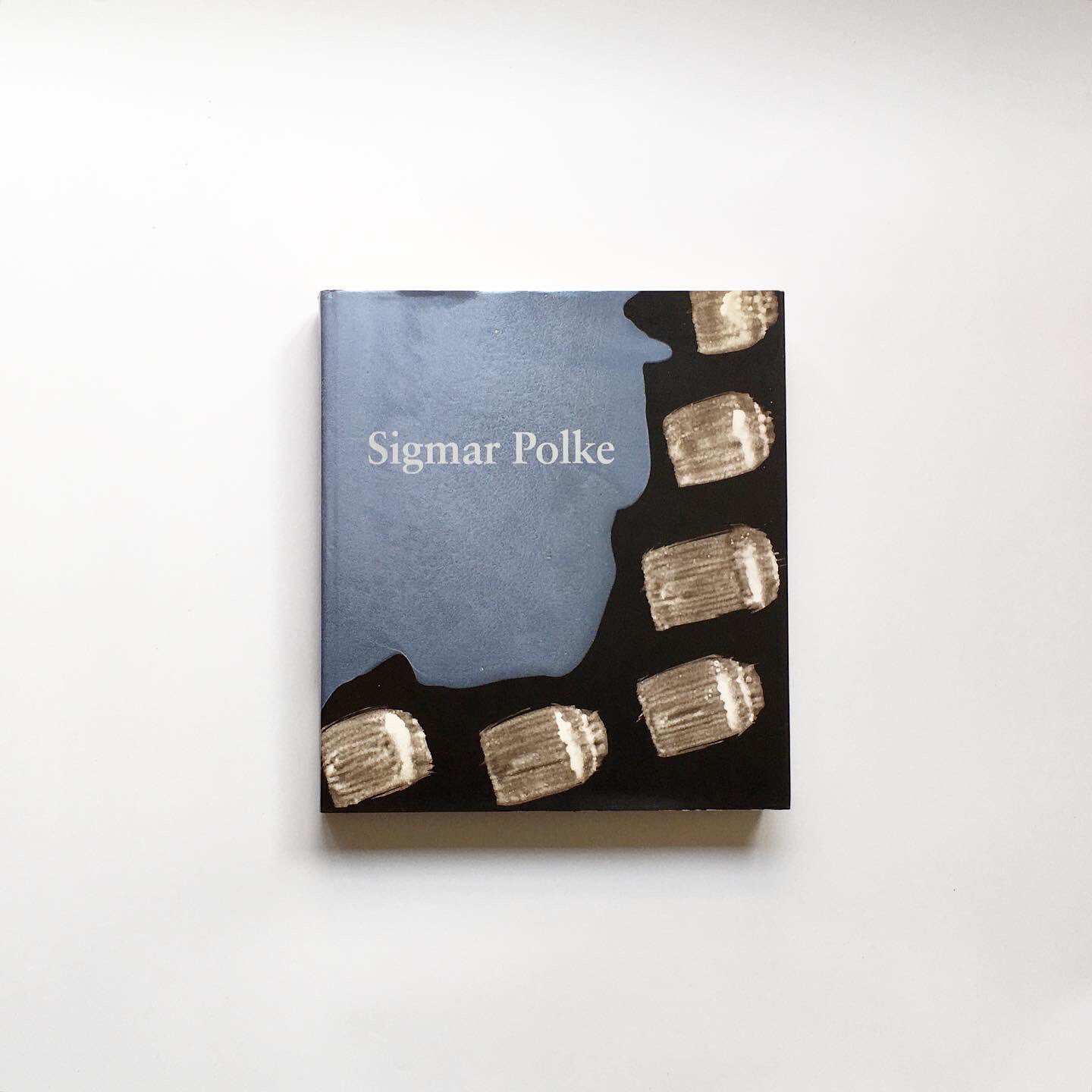In the summer of 1997 I backpacked throughout Europe to see art exhibitions and Biennales… While in Bonn, Germany, I saw Sigmar Polke: The Three Lies of Painting, a 180-piece retrospective to show up latent ponderousness artworks coming from Polke. This exhibition stated with me until today.
I loved the work and it changed my future perspectives in the production of art and what really remained was the concept of the exhibition itself… The concept of the “three lies” of painting, as explored in the book “Sigmar Polke: The Three Lies of Painting” by Martin Hentschel, refers to Sigmar Polke’s artistic approach that challenges traditional ideas about painting. These three lies are:
1. Illusion: This lie refers to the idea that painting can create a realistic illusion of the world. Traditionally, painting has been used to represent objects, people, and scenes in a way that mimics reality. However, Polke often played with visual perception and distortion, deliberately creating images that defied easy interpretation and challenged the viewer’s perception. He used techniques like blurring, dripping, and layering to disrupt the illusion of a seamless representation.
2. Representation: This lie questions the notion that a painting can accurately represent an object or concept. Polke’s work often involved a combination of images, symbols, and text that could be open to multiple interpretations. He frequently incorporated found materials, newspaper clippings, and everyday objects into his paintings, creating complex layers of meaning that went beyond straightforward representation. This approach encouraged viewers to question the conventional understanding of what a painting should depict.
3. Originality: The third lie challenges the idea that an artwork should be entirely original and unique. Polke frequently used mass-produced images, photographs, and commercial materials in his work. He embraced the idea of appropriation and questioned the value placed on originality in the art world. By incorporating existing images and materials into his pieces, he explored the concept of authorship and challenged the traditional notion of the artist as a singular creative genius.
Polke’s approach to these “three lies” was not to dismiss them entirely, but rather to subvert and question them. He used his art to explore the boundaries of painting, pushing the medium beyond its conventional limits. By doing so, he challenged viewers to rethink their assumptions about what art could be and how it could communicate ideas and emotions.
In summary, the concept of the “three lies” in Polke’s work encapsulates his innovative and subversive approach to painting, where he challenged the notions of illusion, representation, and originality, ultimately redefining the possibilities of artistic expression.
